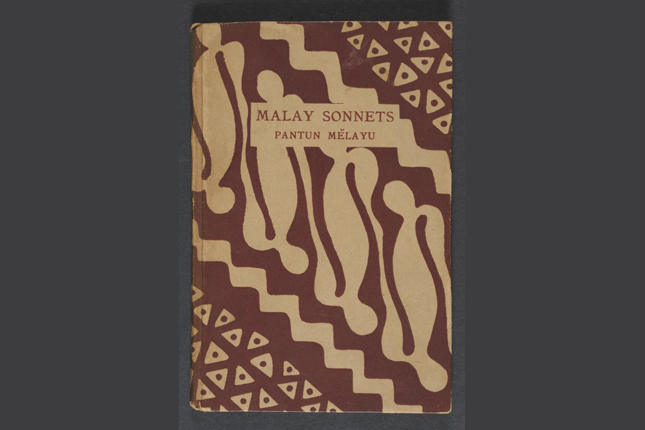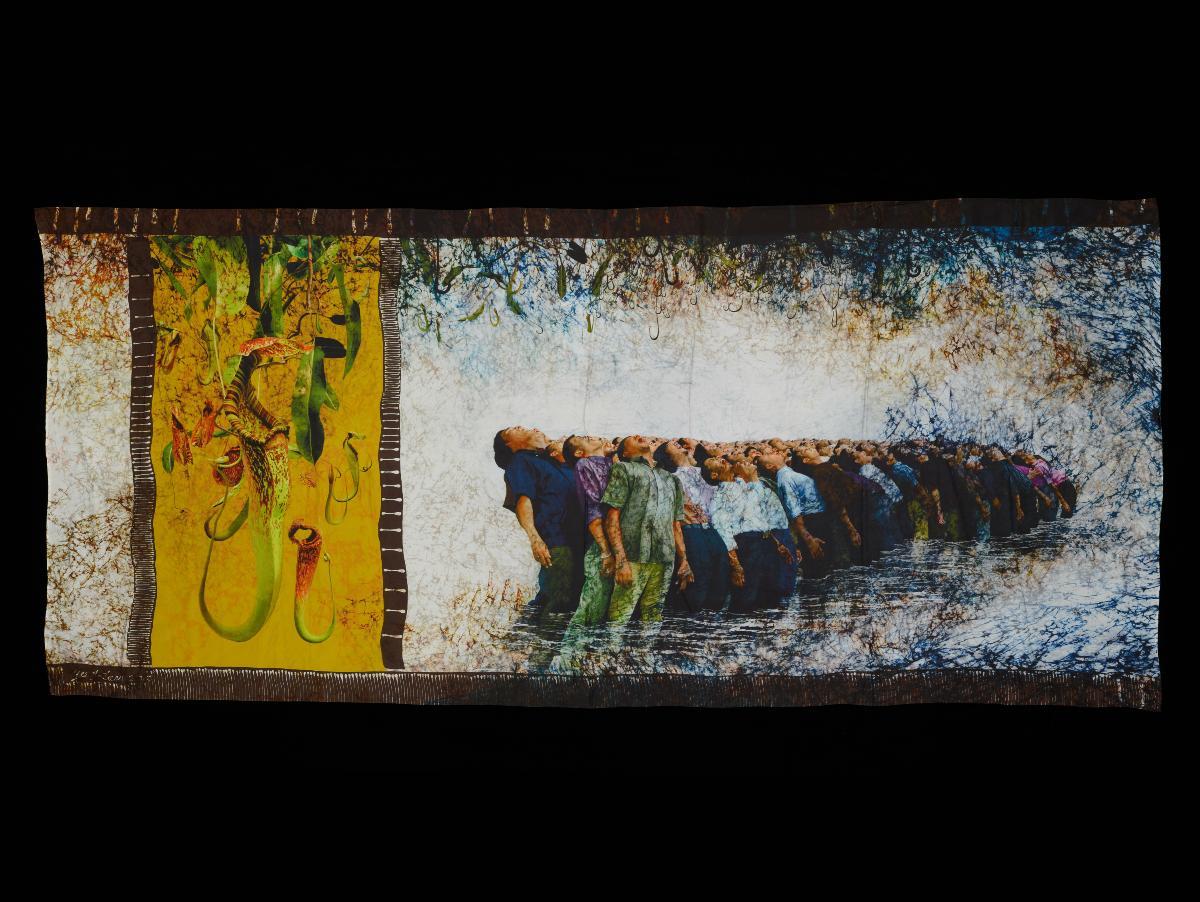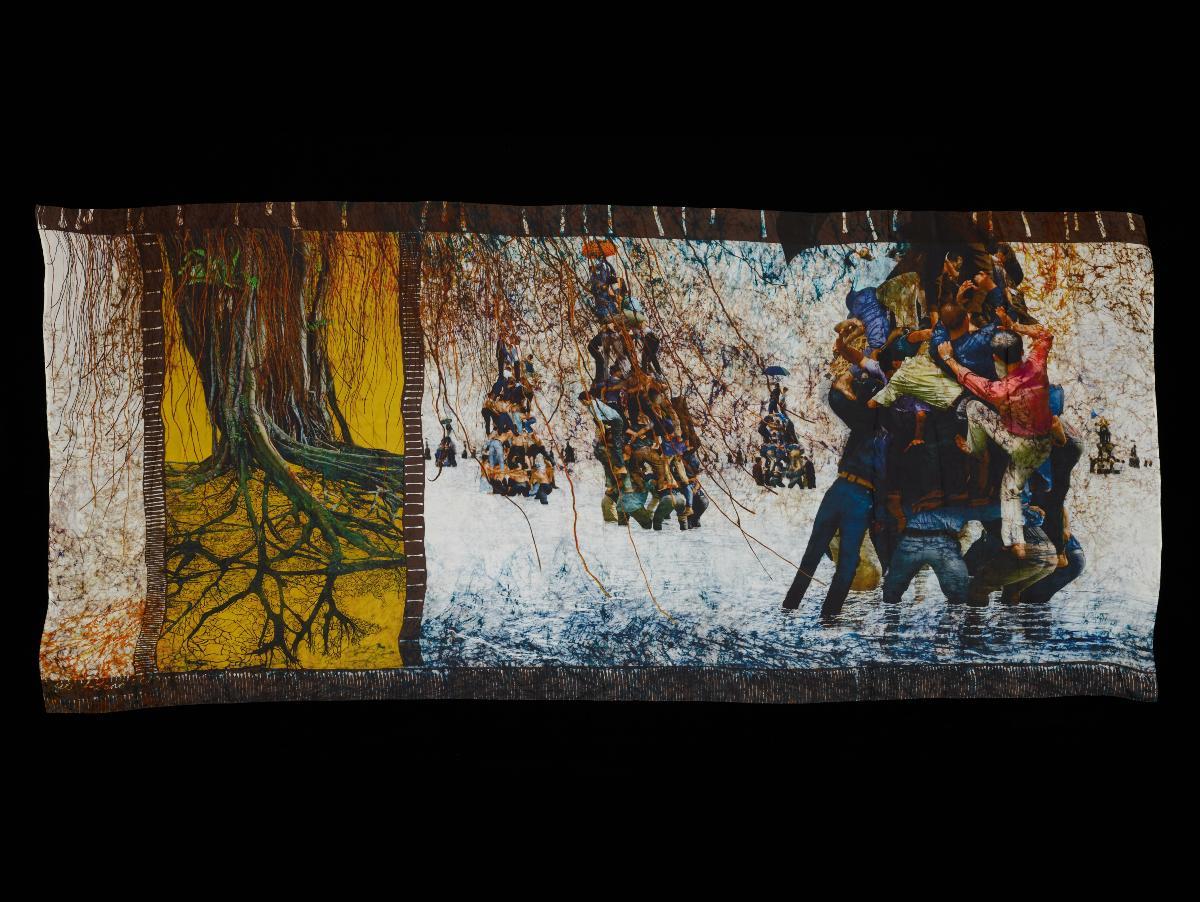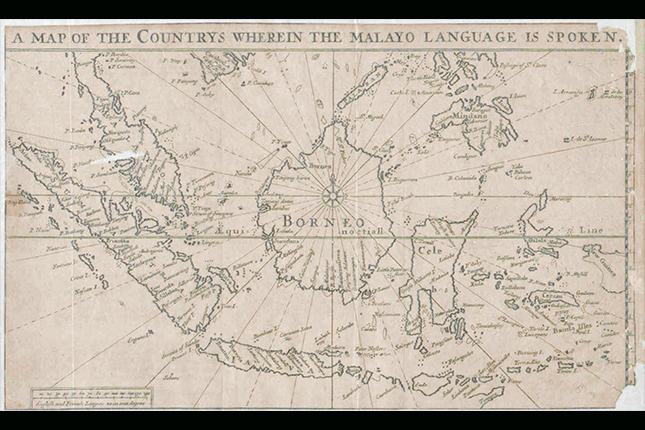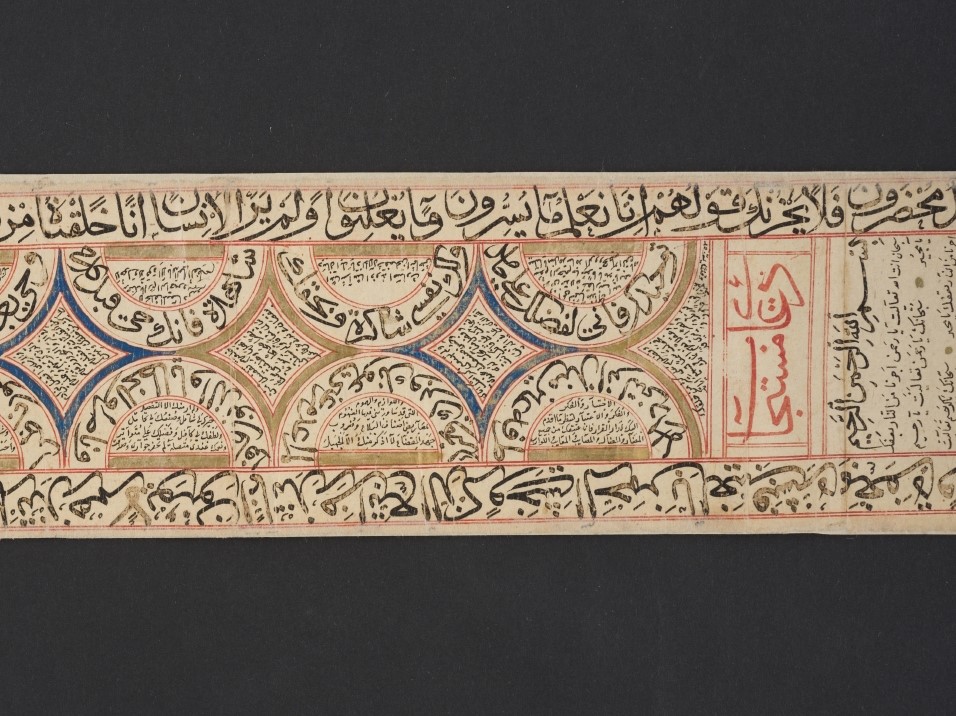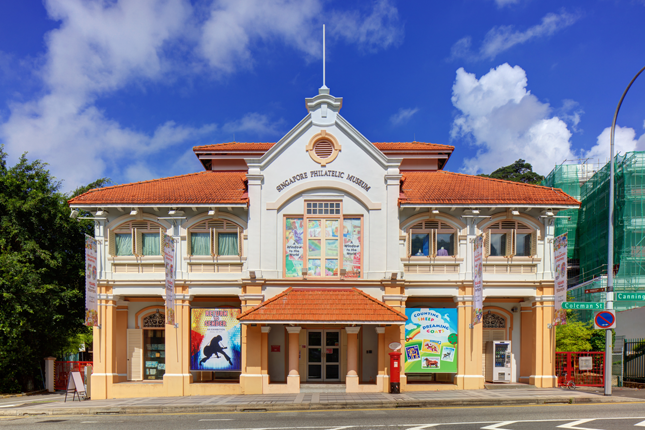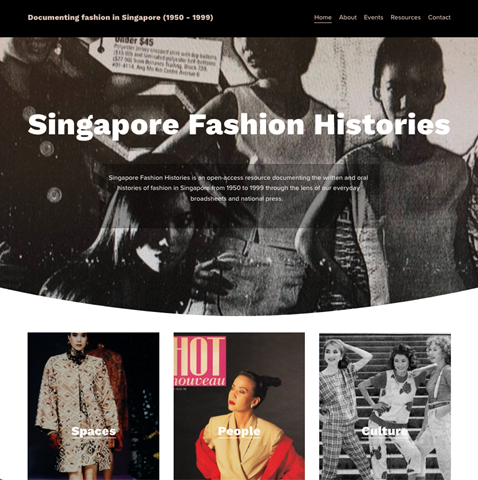Malay Poetic Forms
The Malay oral and literary culture in Singapore is commonly associated with three traditional Malay poetic forms: pantun (rhyming quatrains), syair (narrative poetic form) and gurindam (verses of moral instruction). These expressions are used to convey ideas and life lessons.
Malay poetic forms are also integrated with other performing arts forms, such as dikir barat, dondang sayang and ballads. The strong emphasis on lyricism in competitive dikir barat means that lyricists have to be proficient in writing original poetic verse within the form of syair or pantun. In addition, Malay popular music in Singapore often incorporates traditional poetic forms in its lyrical repertoire.
Geographic Location
Malay poetic forms, as an oral tradition and expression, is practised in Southeast Asia and countries with Malay diaspora.
Communities Involved
Malay communities in Singapore are involved in this element. In particular, writers in the local Malay literary scene practise and support these poetic forms. In addition, contemporary Singapore Malay artists have integrated these poetry forms into their oeuvres.
Associated Social and Cultural Practices
Traditional Malay poetic forms usually focus on subjects that are didactic in nature, while contemporary Singaporean Malay poetry focuses on social themes such as cultural identity, urban living and traditional ways of life. The use of these themes evokes a sense of belonging and communion amongst those creating and reading these poetic forms, and makes Malay poetry an important form of social expression and identity marker for the Malay community. Contemporary Singaporean Malay poetry has also evolved to take on free modern verse forms called puisi (generic term for poetry) and sajak (literary composition in verse).
Traditional Malay poetic forms are also featured in Malay films. The discourse of lovers, for instance, has expressed lyrically through songs structured as pantun or gurindam verses in films. One of the more famous songs with gurindam verses emerging from the industry was Gurindam Jiwa, from the soundtrack of the movie with the same name, composed by Wandly Yazid in 1964. It remains a popular song today, and is performed at cultural events.
Experience of Practitioner
Mr Afi Hanafi is a practitioner of two Malay poetic forms, namely pantun and syair, and the convenor of the syair performance group Syairpura. He is particularly attracted to the language register in which pantun and syair are usually written and attributed his flair for writing them to his Malay teachers in school. Mr Afi saw himself as self-taught, especially in the performance of syair. He has actively sought opportunities to perform not only in Singapore, but also Malaysia and Indonesia, the experience of which helped him to boost his confidence and hone his performance skills.
In his opinion, the performance of syair in Singapore can be further developed. While as many as 30 to 40 syair melodies are performed around the region, Mr Afi notes that there is often only one syair melody, called Selendang Delima, which is commonly performed in Singapore.
Present Status
Malay poetic forms are constantly evolving and practised in innovative ways. As pantuns, syair and gurindam are considered by some to be traditional or classical forms of Malay poetry, some have viewed them as inadequate in expressing the concerns contemporary Malay urban life. Modern Malay-language writers increasingly write poetry in the sajak register, which allows a free verse structure, not impeded by didactic considerations or by the need to rhyme. Nevertheless, these poetic forms continue to be practised and incorporated in various manner into songs and lyrics.
Malay popular music in Singapore, for instance, incorporates pantuns, syair and gurindam into its lyrical repertoire. Some of these artistes include the hip-hop group Ahli Fiqir and the Malay-language rapper SleeQ. The local Malay rock performer Ramli Sarip is famous for his integration of syair into ballads.
Since 2010, the Majlis Bahasa Melayu Singapura (Malay Language Council, Singapore) has organised the Bulan Bahasa (Language Month) to promote the use of the Malay Language. Many pantun and syair recitals are held as part of the event. In 2015, an event called Alunan Katarsis (Cathartic Compositions) was held in conjunction with Bulan Bahasa at the Tampines West Community Centre to celebrate the genres of puisi (modern poetry), gurindam and lagu rakyat (citizen’s folk songs).
The Malay Language Student Society of the National University of Singapore (PBMUKS) organises a yearly Pesta Pantun (Pantun Carnival) for pre-university students in Singapore. This competition aims to give students an avenue to perfect their mastery of pantun verse and their skills in composing spontaneous rhyming examples.
References
Reference No.: ICH-002
Date of Inclusion: April 2018; Updated March 2019
References
Akmal, Akmal. “Kebudayaan Melayu Riau (Pantun, Syair, Gurindam)” (Riau Malay Culture: Pantun, Syar, Gurindam). RISALAH: Jurnal Kajian Dakwah dan Kemasyarakatan, 26 (4): 159-165, 2015.
Fan, Pauline. Map of a Thousand Lives: An Introduction to Poetry in Malaysia, https://lyrikline.wordpress.com/2016/04/18/map-of-a-thousand-lives-a-brief-introduction-to-poetry-in-malaysia/. Accessed 15 Nov 2017.
Fazil, A. “A Reflection on Singapore Malay Popular Music (1965–2015)”. In Abidin, Rasheed Zainul and Norshahril, Saat (eds) MAJULAH! 50 Years of Malay/Muslim Community in Singapore. Singapore: World Scientific Press, 2016.
Goddard, C. “Cultural values and ‘cultural scripts’ of Malay (Bahasa Melayu)”. Journal of Pragmatics 27(2): 183–201, 1997.
Ibrahim, A. “Resisting cultural amnesia: Malay literature of dignified presence” In Abidin, Rasheed Zainul and Norshahril, Saat (eds) MAJULAH! 50 Years of Malay/Muslim Community in Singapore. Singapore: World Scientific Press, 2016.
Lim, S.T. Teori dan Praktik: Dinamika Kreatif Penulisan Sajak (Theory and practice: Creative dynamics of free verse poetry). Selangor: Cerdik Ilmu Publications, 2003.
Purushothaman, V. Salleh Japar: Gurindam dan Igauan. Singapore: LASALLE-SIA College of the Arts, 2004.
Raman Daud, M. Dendang Temasek (Melodies of Temasek). Singapore: PERKAMUS, 2005.
Rahmat, H. “In Search for the canon of Singapore Malay poetry: reflection on nature, race, religion and love.” In Abidin, Rasheed Zainul and Norshahril, Saat (eds) MAJULAH! 50 Years of Malay/Muslim Community in Singapore. Singapore: World Scientific Press. pp. 445–463, 2016.
Thumboo, E. “Conversion of the tribes: societal antecedents and the growth of Singaporean poetry”, World Englishes 9(2): 155–173, 1990.
Teeuw, A. “The Malay sha’ir; Problems of origin and tradition.” Bijdragen tot de Taal-, Land- en Volkenkunde. 122(4): 429–446, 1966.




